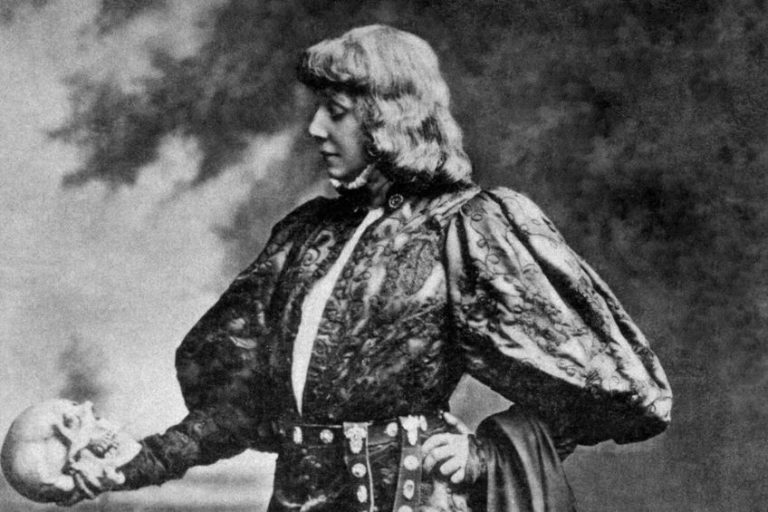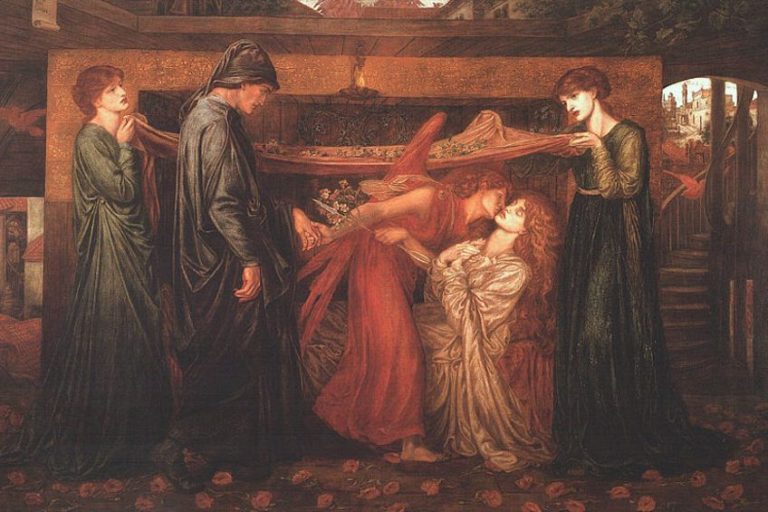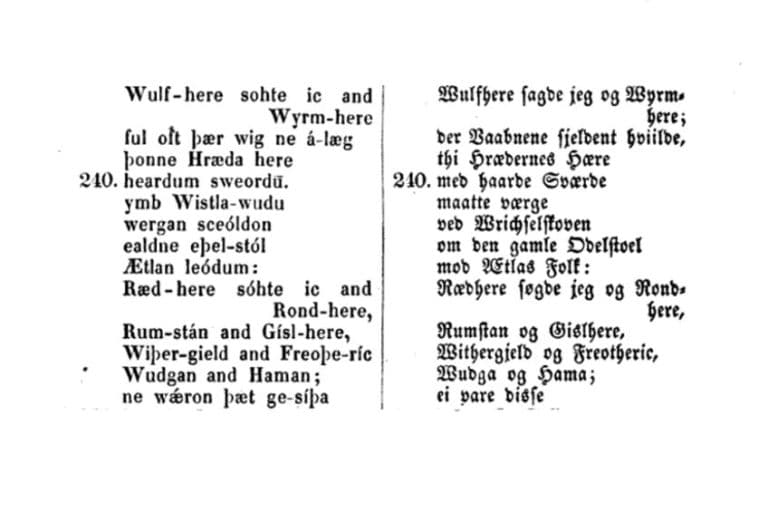Symbol in Poetry – An Easy Guide to Using This Literary Device
What is the symbol in poetry? This is an immensely general question, but it will basically be what we look at today. We are going to examine the symbol in poetry by having a look at its definition, some of its primary characteristics, the issue in interpretation that is the false symbol, and, finally, a few examples of symbolism in poetry. It should be a full ride for those who are interested, and if you are, then hop in and let’s go for a ride down the road of symbolism!
Table of Contents
A Look at the Symbol in Poetry
We all know about symbols. We may not think of them that way but are constantly analyzing and interpreting them. When we see road signs with anything other than words, we are being presented with non-verbal symbols. They are quite literally everywhere! However, we will keep our focus more specifically on the use of the symbol in poetry. Before we do get into the weeds of symbolism, let’s first have a summary of things to come!

Summary of the Symbol in Poetry
Symbols abound in our world, and so trying to find them all is incredibly difficult and basically impossible. However, I can try to elucidate some of the ideas that surround the symbol in poetry. The initial thing to do here will be to give you a little summary. This should be beneficial to anyone who needs a bit of a leg-up for these kinds of things:
- The symbol in poetry is something that represents a deeper idea. The basic idea behind the symbol in general is that it is a representative force that means some other thing. For instance, a plant in a film set in a desert could represent hope. It becomes a symbol for that other thing, and so the plant gains a deeper and more important role than simply being a plant.
- The symbol in poetry is found throughout poetry. While there certainly are poems that make use of a more realistic style, it is typically agreed that symbols are everywhere. You cannot escape them. Examples of symbolism in poetry, and all other literary forms, are easily identifiable and can be analyzed in many different ways. You will probably be able to find symbolism of some kind in most literature.
- The symbol in poetry can be misinterpreted as a false symbol. Misinterpretation is a major problem in our world. Many do not have particularly strong media literacy and so mistakes are made. However, literary interpretation can be very subjective, and if you can argue that something represents something else, and you can argue that point well, then you are not necessarily in the wrong, but it does become difficult when the author has expressly claimed that a symbol is incorrect.
This brief summary has indeed been a short thing, but there is a lot more to come. If the idea of examining the symbol in poetry is something of interest to you, then you should keep reading and see what else there is to learn.
The first place we need to go with any discussion like this is with a definition, so let’s jump into that!
A Definition of the Symbol in Poetry
Before we proceed any further, we should probably ask about the actual definition of a symbol in the first place. Well, it’s a rather simple thing, really. The symbol is simply something in a text, and it could be a word, idea, image, and so on, that represents something else. This means that it is not itself the thing that it presents. Symbols do not only exist in literature, and we can easily take something like religious iconography as a good example. There is nothing about the geometric shape of a cross that means Christianity, but because of the understanding of what that shape means, we can symbolically understand its use in the religion.

A symbol is a very versatile thing, and they are immensely important because it help us to produce connections between something concrete, such as an image, and something abstract, like a concept. There are also many different objects that are loaded with symbolic meaning and so there is no one meaning attached to it. Think of the rose. It is symbolic of love, but also mystery and layering, it has thorns and so there is a contradictory feeling of love and pain being mixed together, and so on. There are so many different ways to interpret ideas such as this, but it requires some understanding of analysis and interpretation.
The Characteristics and Uses of the Symbol in Poetry
The principal characteristic of the symbol has already been somewhat stated. They are concrete objects that represent something else. So, we could use a color, a word, an object in the world, a person, and whatever else as a possible symbol for some other concept or idea. However, how is the symbol in poetry used in literary texts?
The great thing about the symbol is that there are so many different uses we could encounter.
The symbol is inherently dependent upon the context because the way we interpret one object will not necessarily be the same in one text versus another. Think of a tree. In an environmental story, it represents nature and hope, but in an industrial story, it represents a commodity that can be used. So, symbols are highly variable, subjective, and interpretable. This does make them rather difficult at times, but it also makes them fascinating and up for analysis.
The False Symbol in Poetry
A symbol in poetry may be something that represents some other thing, but what happens when we misrepresent a symbol in some way? This can happen. We can misunderstand something or lack the information to properly interpret what it actually means. However, this does become a difficult thing, because while the term “false symbol” is not particularly used or even recognized, it can be helpful.
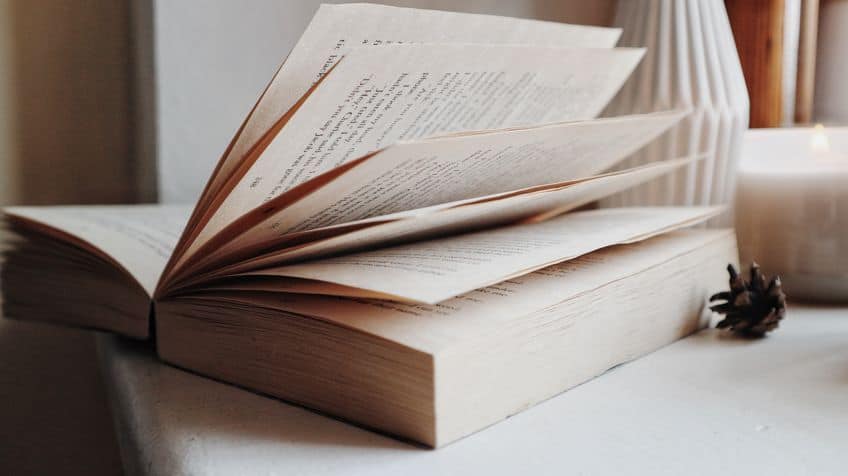
The reason it is not particularly recognized is because of intentionality. If we accept that a writer knows everything about their own text, then there is no real reason to analyze. It means what the author says and to look any deeper is folly. However, what if a writer cannot see their own preexisting biases or prejudices? What if they cannot truly interpret their own thoughts? What if they are wrong about the interpretation of their own work? The false symbol can be a useful idea, because sometimes you may entirely misunderstand or get something wrong, but it is not to be applied religiously. If you can argue something, then you can discuss it as if it was a valid interpretation. This was something that I taught my students when learning to analyze literary texts.
If you can back up what you say and substantiate your arguments, then unless you’re extremely wrong, you won’t be incorrect in your analysis.
Examples of Symbolism in Poetry
Those of us who want to understand a topic will often find many different ways to approach that particular topic. And one of the best ways that I have ever learned is through the use of examples. So, we will be having a look at a number of different examples of symbolism in poetry. This is far from the only way to learn, and it is often best to learn much of what we know in the abstract, some tangible, concrete examples can help things along a whole lot better than those looser and more abstract thoughts. So, what’s with the wait? Let’s see a few examples of symbolism in poetry!
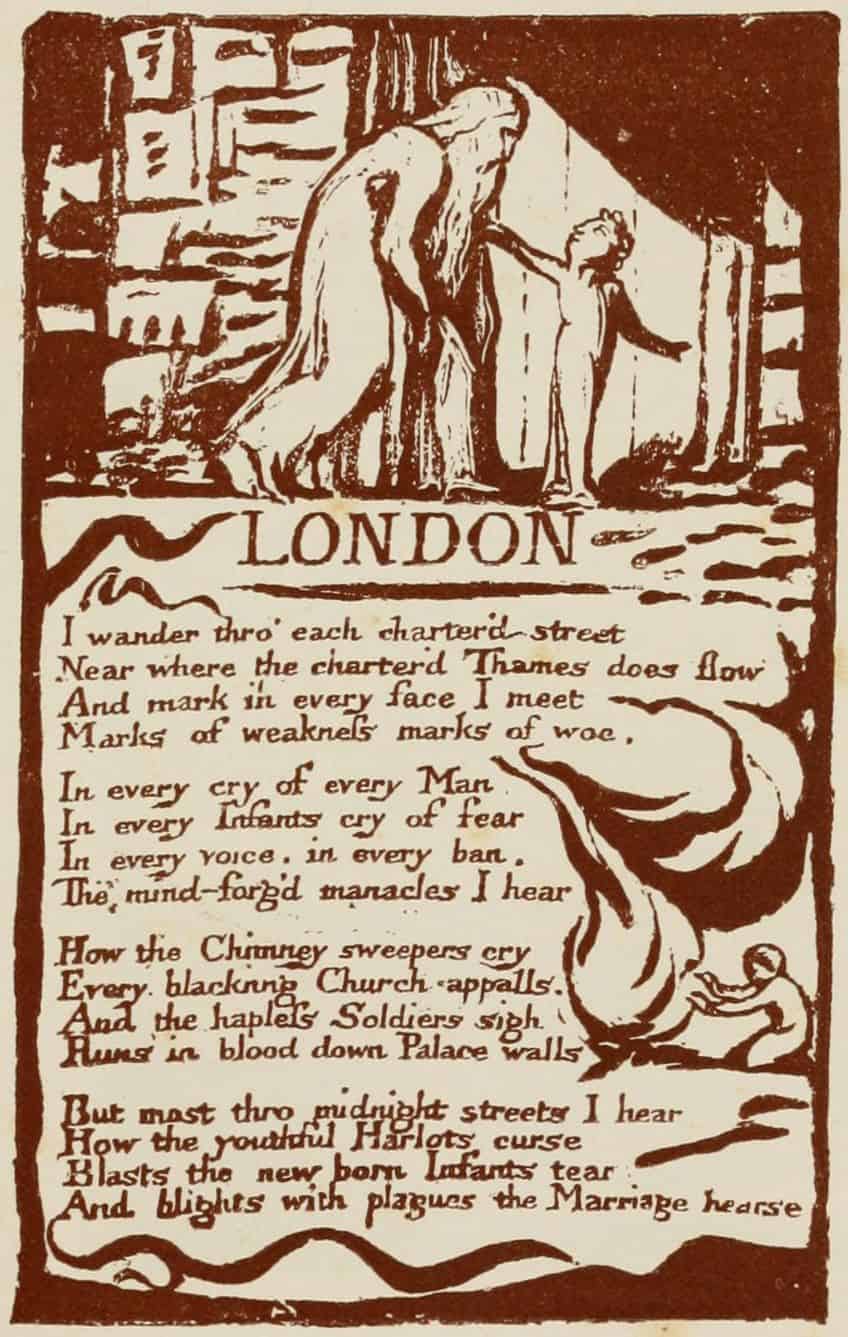
I Wandered Lonely as a Cloud (1807) by William Wordsworth
| Date Published | 1807 |
| Type of Poem | Lyric poem |
| Rhyme Scheme | ABABCC |
| Meter | Iambic tetrameter |
| Topic | The natural world |
I Wandered Lonely as a Cloud makes use of a very simple symbol, but it has come to be seen as one of the most recognizable examples of symbolism in poetry. This is because the poem makes use of a very particular image, and that is the daffodils that are described in this poem. These beautiful flowers that the speaker encounters on his walk through the natural world come to represent nature itself. They symbolize the beauty and power of nature, and they evoke feelings of joy and adoration in those who see them.
This is a rather typical kind of symbol in Romantic poetry, but it has remained an enduring one.

Ozymandias (1818) by Percy Bysshe Shelley
| Date Published | 1818 |
| Type of Poem | Sonnet |
| Rhyme Scheme | ABABACDCEDEFEF |
| Meter | Loose iambic pentameter |
| Topic | The erosion of power |
Ozymandias features a description of a statue. That statue is slowly falling apart and becoming one with the sand. It was once a great and imposing statue, and there is even an inscription that claims this power and majesty, but everything around the statue is desolate and gone. The statue becomes a symbol for power. It fades and shatters with time.
Those in power, such as the pharaoh depicted in this poem, believe themselves to be special and that their accomplishments will last forever, but even a stone statue of them will not remain for all time.

Mother to Son (1922) by Langston Hughes
| Date Published | 1922 |
| Type of Poem | Free verse |
| Rhyme Scheme | None |
| Meter | None |
| Topic | Oppression |
Mother to Son is a poem that shows a mother talking to her son and giving him advice about how to live. The central symbol on display in the poem is one of a staircase. This staircase is one that represents our movement through life, and for some, such as white Americans in the context of this poem, it is a beautiful and easy-to-traverse staircase, but for the African American people, it is broken and splintered. This staircase becomes a symbol of life and the need to rise through it while facing all the hardships that existence has to pile on top of us.

The symbol is one of the most enduring things in literature as a whole. It has uses that far exceed anything that could be found in poetry alone, but poetry is our focus for the day, so I think we’ll stick with that for now. We have taken the time to look at a bunch of different aspects of the use of the symbol in poetry. We have had a look at the definition of the concept, some characteristics of it, the issue of the false symbol, and a few examples of symbolism in poetry. All in all, this should have given you a good understanding of the uses of the symbol in poetry and why it is such an enduring aspect of literature. There are many other instances of the symbol in many other places, and if you want to find them, you need only read!
Frequently Asked Questions
What Is the Symbol in Poetry?
This might be one of the broadest of all topics in literature. The symbol is a major concept that refers to something in a text that represents something else. It generally represents some kind of a theme, idea, concept, and so on. Some symbols are well hidden, and some are not. Some are very much on the surface level of a poem, but others require analysis and interpretation of a text to have any hope of truly understanding the text in question. The symbol can be found throughout literature and is in far more than poetry alone. It is deeply tied to the metaphor and is inherently metaphorical in its presentation in a piece of literature.
What Are the Characteristics of the Symbol in Poetry?
There are many potential characteristics of the symbol in poetry. The reason that this is the case is simply because the symbol can vary from one text to the next. However, some of the common ones involve the symbol as the representation of something else, it allows for the text to have some kind of transcendent meaning, it can add layers to the meaning of a text, it can allow for variable interpretations and subjective understandings, and it can offer a deeper level of emotionality to a text. However, this list of possible characteristics is highly individual, and different texts will make use of the symbol in vastly different ways.
Why Do Poets Use the Symbol in Poetry?
We cannot truly know the inner workings of the mind of any poet, but there are many different reasons why a poet might make use of a symbol in poetry. The basic reasons can relate to a desire to create more depth in the text, and this allows something to appear more complex. It also serves as something of a connection between that which is real and that which is metaphorical, and in doing so, the poet might be able to present something to the reader that allows them to establish a link between the poem and the real world. There are many other reasons why a poet might choose to use examples of symbolism in poetry.
What Is a False Symbol in Poetry?
While the false symbol is not a particularly common term, it is an interesting one. Interpretation requires attempting to understand something further than the text alone, and for this reason, there can often be attempts to push an interpretation beyond what a writer may have intended. Now, there are issues of intentionality in general because how can you truly know that something was or was not intended, but sometimes, we can be quite certain. For instance, we might believe some book to be about something, but the author has vehemently denied that interpretation. We might call that a false symbol even if we could still argue it in some ways.
What Are Some Famous Examples of Symbolism in Poetry?
The use of the symbol is pervasive in poetry, and we could even call language itself a form of symbolic representation. So, the symbol may go a lot deeper than we may otherwise believe. We will keep our understanding narrow for the purposes of this article, and instead say that these are some good examples of symbolism in poetry: I Wandered Lonely as a Cloud (1807) by William Wordsworth, Ozymandias (1818) by Percy Bysshe Shelley, and Mother to Son (1922) by Langston Hughes. There are a lot more examples though!
Justin van Huyssteen is a freelance writer, novelist, and academic originally from Cape Town, South Africa. At present, he has a bachelor’s degree in English and literary theory and an honor’s degree in literary theory. He is currently working towards his master’s degree in literary theory with a focus on animal studies, critical theory, and semiotics within literature. As a novelist and freelancer, he often writes under the pen name L.C. Lupus.
Justin’s preferred literary movements include modern and postmodern literature with literary fiction and genre fiction like sci-fi, post-apocalyptic, and horror being of particular interest. His academia extends to his interest in prose and narratology. He enjoys analyzing a variety of mediums through a literary lens, such as graphic novels, film, and video games.
Justin is working for artincontext.org as an author and content writer since 2022. He is responsible for all blog posts about architecture, literature and poetry.
Learn more about Justin van Huyssteen and the Art in Context Team.
Cite this Article
Justin, van Huyssteen, “Symbol in Poetry – An Easy Guide to Using This Literary Device.” Art in Context. January 31, 2024. URL: https://artincontext.org/symbol-in-poetry/
van Huyssteen, J. (2024, 31 January). Symbol in Poetry – An Easy Guide to Using This Literary Device. Art in Context. https://artincontext.org/symbol-in-poetry/
van Huyssteen, Justin. “Symbol in Poetry – An Easy Guide to Using This Literary Device.” Art in Context, January 31, 2024. https://artincontext.org/symbol-in-poetry/.




